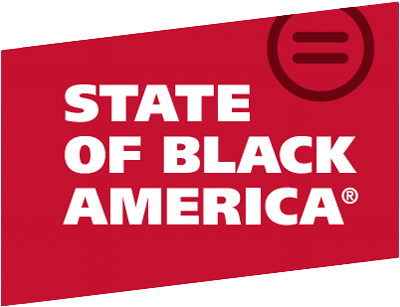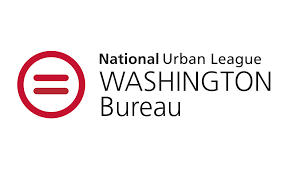African Americans face a dual pandemic: anti-Black racism and COVID-19. One is hundreds of years in the making — and the other began a year and a half ago.
Racism has always existed in the United States in one form or another. Of all the ethnic groups that have come to the United States, African Americans are the only ones to experience the degradation of chattel slavery and a perpetual status of subordination.
Each historical era since the period of legal African enslavement determined not only how people of African descent lived but also what they lost (Hobbs, 2014). From the antebellum period and its horror of slavery to the Jim Crow era characterized by legalized racial segregation, Black people in America have had to battle against the vicious legacy of oppression and racism.
Lynching, a form of terror experienced by Black Americans during and after slavery, further illustrates the cost of anti-Black racism (Broady, Todd, and Darity, 2018). The recent killings of Ma’Khia Bryant, Daunte Wright, and George Floyd — among many other Black men, women, and children murdered by current or former law enforcement officers — is evidence that the terror of lynching never ended. Perhaps the most telling detail when considering the value of Black life in America is the fact that Congress never passed an anti-lynching bill. Though southern states created their own anti-lynching laws, they were not enforced, thus resulting in only 1% conviction of the criminal offense after 1900 (Equal Justice Initiative, 2015).
Further, anti-Black racism, which is deeply imprinted into the fabric of the United States, is upheld and enforced today as evidenced by Black people being about five times more likely to be stopped unfairly due to their race by the police than white people (Desilver, Lipka, Fahmy, 2020). Police, prisons, and other carceral systems cause community harm — and waste vast amounts of public resources — rather than ensuring safety.
Creating a new normal in a post-pandemic society requires reimagining public health and safety and reconsidering how we allocate public dollars. This means redirecting federal, state, and local money targeted for public safety away from the institutions that cause harm and do not support the well-being of the American public.
These investments can be made in: public education systems, universal health care, child care, broadband, affordable and healthy housing, parks, roads, street lights, bridges, and other community resources. The combined magnitude of these investments could be enough to create a robust social safety net system, as is common in other nations the United States compares itself to. These are the investments that support health and well-being; and when they are distributed equitably, can begin to move American society away from these dual pandemics and towards racial justice for the first time in this nation’s history.




